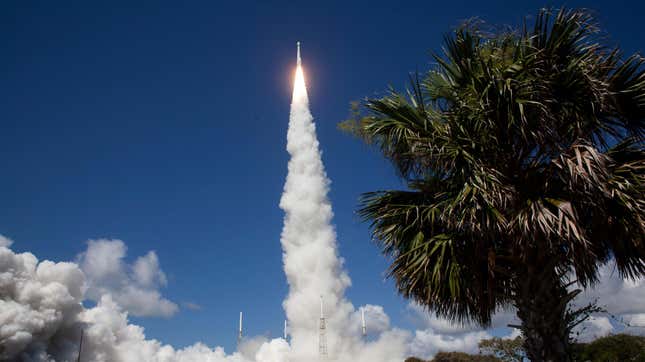
Despite the development delays and a drastically elongated mission, NASA stated on Wednesday that it’s aiming to return the Boeing Starliner from the International Space Station by the end of July. The space agency also stated the spacecraft could evacuate to Earth right now should an emergency arise. Like the premise of “Gilligan’s Island,” the Starliner’s debut NASA crewed test mission was supposed to last only eight days, but turned into a seemingly indefinite stay in space.
Helium leaks are at the center of the mission’s most prominent problems. The Boeing Crew Flight Test launched from Cape Canaveral on June 5, pushed back from a scrubbed launched in early May. During the delay, helium leaks were spotted for the first time. The leaks re-emerged during the Starliner’s ascent to the ISS and disabled six of the craft’s 26 reaction control thrusters.
The mission’s duration increasing is largely to give engineers on the ground more time to analyze data and develop and test fixes for the thrusters. NASA is adamant that the Starliner is safe. However, the agency is considering replacing the Boeing Starliner with a SpaceX Crew Dragon for an upcoming launch next February. NASA has also dissuaded any speculation that another Crew Dragon could be sent up to return the missions two astronauts home from the ISS, the New York Times reports.
NASA foresaw potential issues with its crewed spacecraft, which is why they handed contracts to both Boeing and SpaceX. It’s understandable why the space agency isn’t publicly bashing the Starliner in the middle of the test flight, but the problems are obvious. In fairness to the agency, the situation is seemingly under control despite the Starliner’s flaws. It’s a level of operational confidence needed to send humans out into space.

